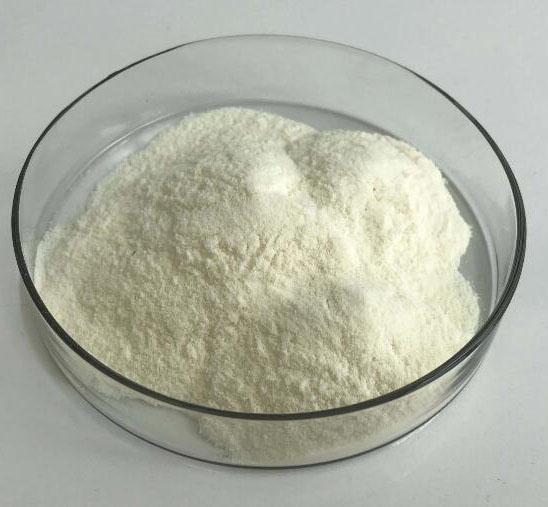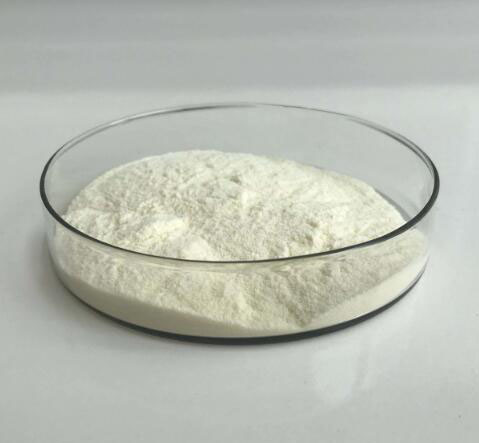Application and Effect
Color Change: X-Gal is typically colorless but, upon hydrolysis by β-galactosidase, it turns blue. This color change allows for visual detection and quantification of β-galactosidase activity. LacZ Gene Detection: X-Gal is used to identify cells or genetic constructs that express the lacZ gene. LacZ is commonly used as a reporter gene in molecular biology to assess gene expression or study promoter activity. Colony Screening: X-Gal is often used in bacterial colony screening assays. LacZ-expressing bacterial colonies appear blue when grown on agar containing X-Gal, enabling easy identification and selection of lacZ-positive colonies. Gene Fusion Analysis: X-Gal is also utilized in gene fusion experiments. When a target gene is linked to the lacZ gene, X-Gal staining can reveal the expression pattern of the fusion protein within a cell or tissue. Protein Localization: X-Gal staining can be used to investigate subcellular protein localization. By fusing a protein of interest to the lacZ gene, the β-galactosidase activity can indicate where the protein localizes within a cell. X-Gal Analogues: Modified forms of X-Gal, such as Bluo-Gal or Red-Gal, have been developed to allow for alternative color development schemes. These analogues enable differentiation between lacZ-positive and lacZ-negative cells or tissues using different colors.Product Sample


Product Packing:

Additional Information:
| Composition | C14H15BrClNO6 |
| Assay | 99% |
| Appearance | White powder |
| CAS No. | 7240-90-6 |
| Packing | Small and bulk |
| Shelf Life | 2 years |
| Storage | Store in cool and dry area |
| Certification | ISO. |
